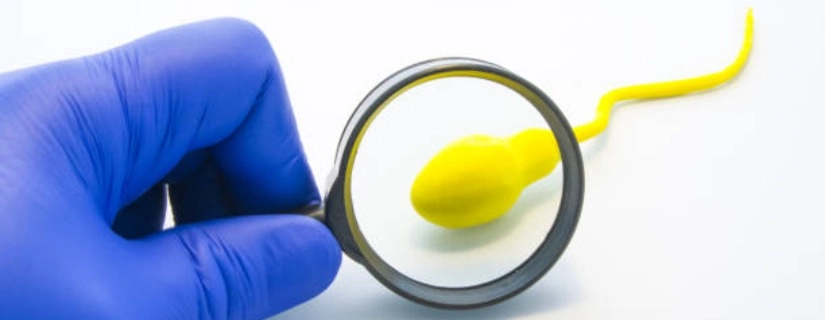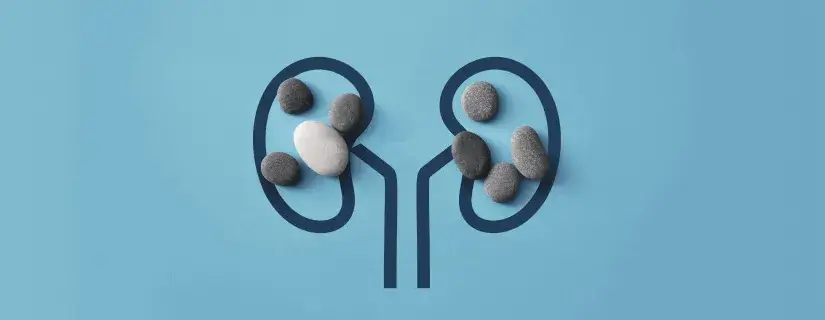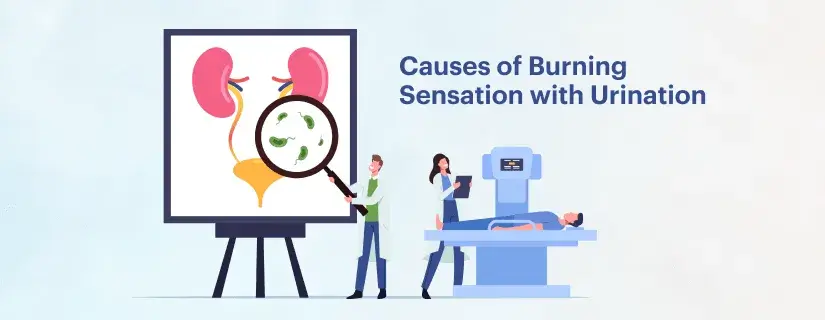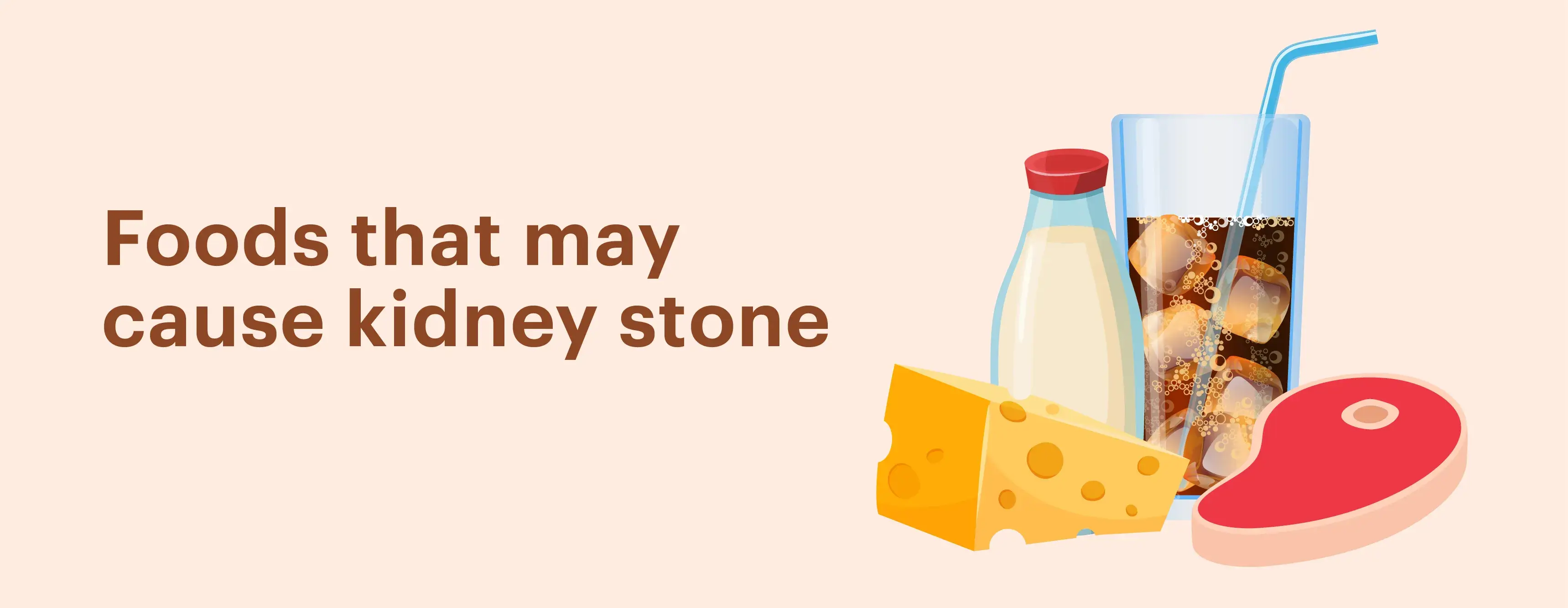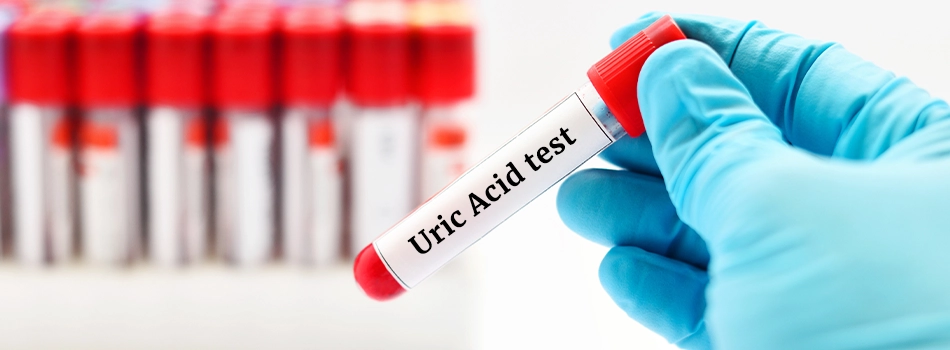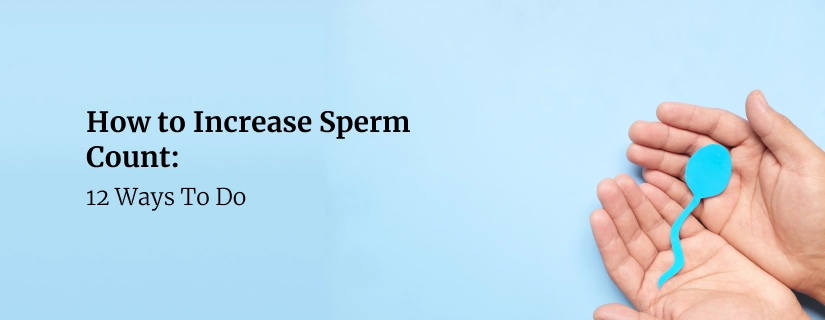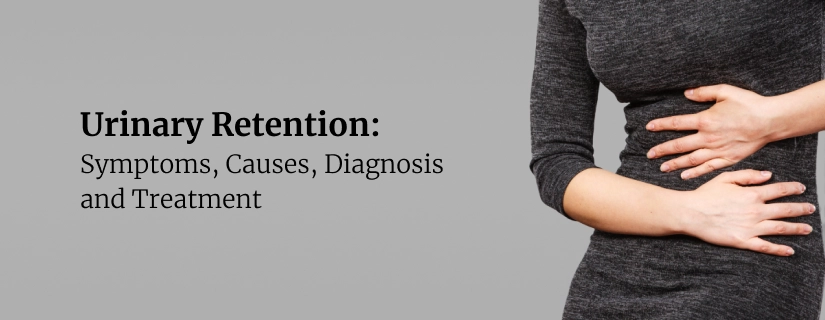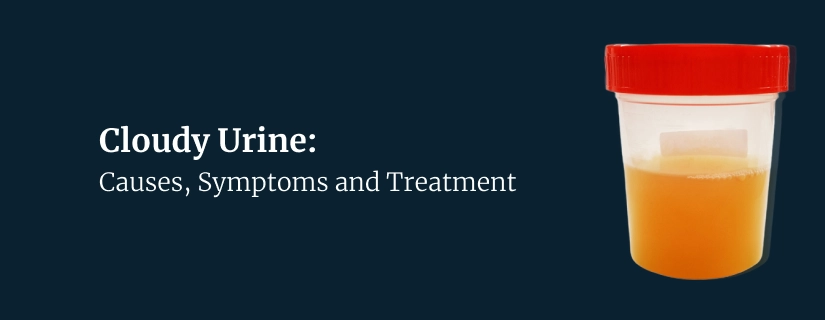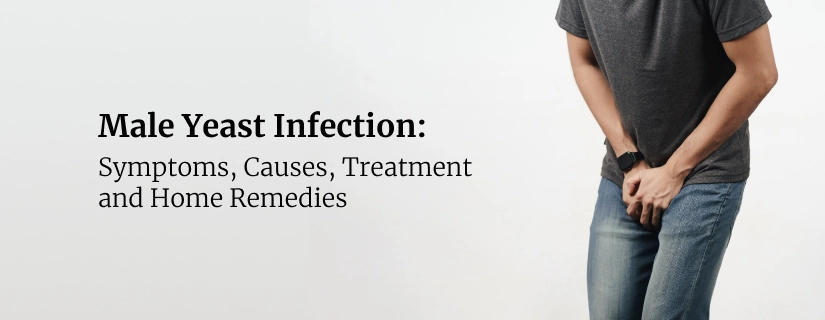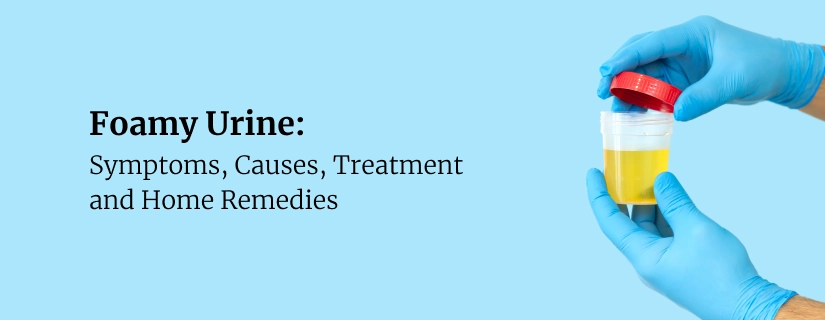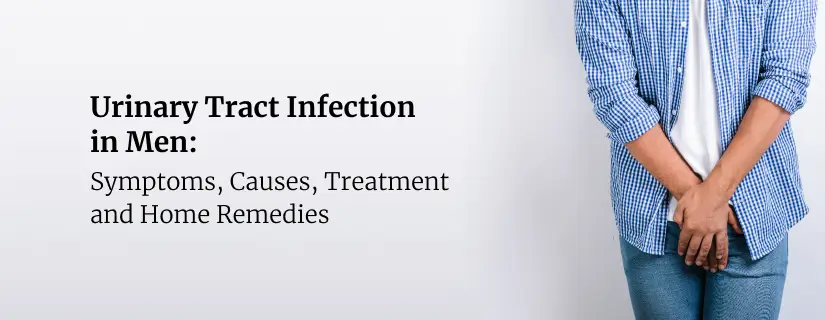-
Doctors
-
Specialities & Treatments
Centre of Excellence
Specialties
Treatments and Procedures
Hospitals & Directions HyderabadCARE Hospitals, Banjara Hills CARE Outpatient Centre, Banjara Hills CARE Hospitals, HITEC City CARE Hospitals, Nampally Gurunanak CARE Hospitals, Musheerabad CARE Hospitals Outpatient Centre, HITEC City CARE Hospitals, Malakpet
HyderabadCARE Hospitals, Banjara Hills CARE Outpatient Centre, Banjara Hills CARE Hospitals, HITEC City CARE Hospitals, Nampally Gurunanak CARE Hospitals, Musheerabad CARE Hospitals Outpatient Centre, HITEC City CARE Hospitals, Malakpet Raipur
Raipur
 Bhubaneswar
Bhubaneswar Visakhapatnam
Visakhapatnam
 Nagpur
Nagpur
 Indore
Indore
 Chh. Sambhajinagar
Chh. SambhajinagarClinics & Medical Centers
Book an AppointmentContact Us
Online Lab Reports
Book an Appointment
Consult Super-Specialist Doctors at CARE Hospitals
Overactive Bladder: Symptoms, Cures and Natural Treatments
Updated on 5 December 2023
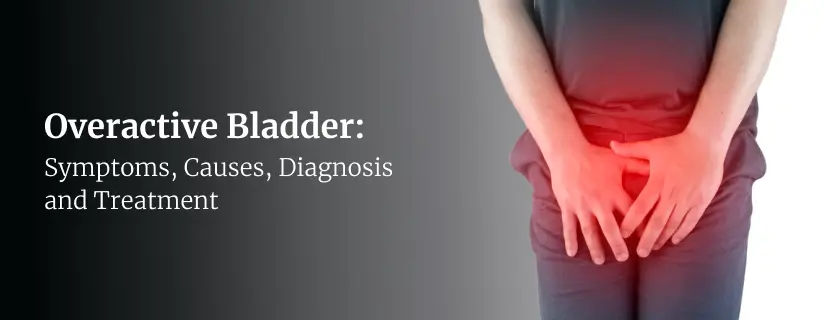
Table of Content
- What is an Overactive Bladder?
- Symptoms of Overactive Bladder
- Causes of Overactive Bladder
- Diagnosis
- Overactive Bladder Treatment
- Risk Factors
- Prevention
- How an overactive bladder can lead to social isolation and what are limited daily activities?
- When should I see a healthcare provider?
- Conclusion
- FAQs
Overactive bladder, also known as OAB, is a condition related to the urinary system, affecting mostly people above the age of 40. It may occur many times a day; sometimes, people may even experience unintentional leakage of urine. Overactive bladder may be caused by a number of reasons, including infections and the use of medications. The treatment approach may be based on the underlying cause and even be cured naturally.
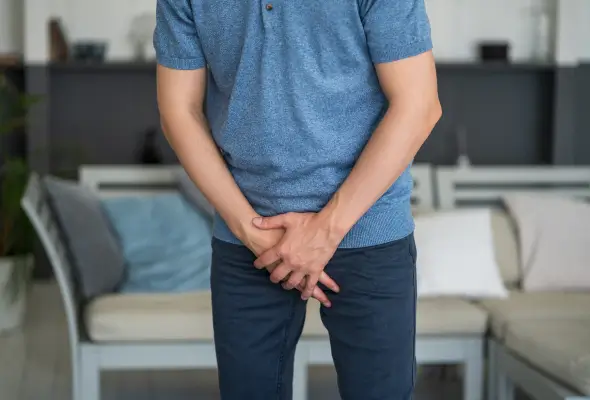
What is an Overactive Bladder?
Overactive bladder, or OAB bladder, is a serious medical condition in which a person experiences a number of symptoms associated with the urinary system, causing frequent and sudden uncontrollable urge to urinate, sometimes often leading to a situation of urinary incontinence. It is mostly common in the elderly and for women who have had vaginal childbirth, usually as a result of weakening of the urinary bladder muscles that cannot hold or control the flow of urine. This medical condition may not be something to worry about, but it may be embarrassing and may lead to stress and deteriorate quality of life.
Overactive bladder does not go away on its own and requires treatment of underlying conditions. Sometimes, making lifestyle changes as a natural treatment for overactive bladder syndrome may also be beneficial for people. If left untreated, the condition may worsen, leading to weaker urinary bladder muscles which fail to hold the urine anymore.
Symptoms of Overactive Bladder
Overactive bladder may cause a range of symptoms, which may include a combination of the following.
- Urinary urgency: Urinary urgency refers to the feeling of the urgent need to urinate. If a person with an overactive bladder feels this, they have a short time to reach the bathroom to urinate.
- Urge incontinence: Urinary incontinence is the frequent uncontrollable urge to urinate, which may often lead to urinary leakage before one can reach the bathroom.
- Frequent urination: Frequently feeling the urge to urinate is often one of the common symptoms of overactive bladder syndrome.
- Nocturia: People with overactive bladder may often feel the urge to urinate at least twice at night. This condition may even lead to people waking up at night to pee.
Causes of Overactive Bladder
The causes of overactive bladder are various, ranging from injuries to the bladder muscles to nerve damage. The common causes of overactive bladder syndrome are as follows:
- Infection: Urinary Tract Infections (UTIs) are the most common causes of overactive bladder which can lead to nerve irritation in the bladder, leading to urinary leakage due to bladder dysfunction as a result of infection.
- Trauma or injury: Pregnancy and childbirth tend to weaken the pelvic floor muscles, which support organs of the lower abdomen, often contributing to overactive bladder in women. In some cases, the bladder may sag lower than its normal position due to the weakening of pelvic floor muscles.
- Obesity: Being overweight, particularly around the waist, may lead to pressure build-up on the bladder, which may lead to urinary incontinence.
- Nerve damage: Nerve damage in the neural connection to the bladder may occur as a result of surgery such as pelvic or back surgery, or even as a result of cancer treatments or for Parkinson's disease, multiple sclerosis or stroke. Such nerve damage may send wrong signals to the brain, leading to urination at the wrong time.
- Menopause: Hormonal changes during menopause may lead to urge incontinence.
In other cases, using certain medications or drinking alcohol may lead to dampening of neural signals to the brain, which may cause urinary incontinence. Drinking coffee and similar diuretics may have the same effect, often rapidly filling the bladder and causing leakage of urine.
Diagnosis
Diagnosing overactive bladder may be done by a healthcare provider or a doctor who may review the symptoms and conduct a physical examination of the lower abdominal organs of the patient. Sometimes, they may refer to a Urology specialist for a comprehensive diagnosis.
The doctor may perform some tests to find out the underlying cause of an overactive bladder. Such tests may include the following:
- Urine analysis: Urine analysis provides a qualitative assessment of urine, specifically looking for the presence of bacteria or blood cells (RBCs and WBCs).
- Urodynamic testing: Urodynamic testing may include a quantitative assessment of the urinary bladder to check how much urine is left in the bladder after urinating, check the pressure on the bladder, etc.
- Ultrasound: An ultrasound may help doctors to take a detailed look at the urinary bladder.
- CT scan: A CT scan may be done to obtain a 3D image of the bladder.
- Cystoscopy: A cystoscope is a special instrument that doctors may use to look inside the bladder by inserting it through the urethra.

Overactive Bladder Treatment
There are various cures for overactive bladder traeatment depending on the underlying cause and the form of treatment suitable for a particular patient.
- Behavioural Therapy: Behavioural intervention is often the first choice of treatment to manage overactive bladder syndrome. They are quite effective natural treatments for the overactive bladder that cause no side effects.
- Pelvic floor muscle exercises: Kegel exercises are recommended for strengthening the pelvic floor muscles as well as the urinary sphincter to help stop the involuntary contractions of the bladder. A physical therapist may help to learn the kegel exercises properly.
- Managing weight: Losing weight, especially around the waist, may help to ease symptoms. Weight loss may help to prevent stress urinary incontinence.
- Bladder training: Bladder training with help from a physical therapist may help strengthen the bladder muscles by controlling bladder contractions and delaying voiding the bladder when feeling an urge to urinate or empty the bladder.
- Medications: Medications may be helpful for menopausal women, such as vaginal oestrogen therapy, which can help strengthen the urethral and vaginal muscles post-menopause. Medicines may also help to relax the bladder and relieve symptoms of overactive bladder to reduce urge incontinence.
- Nerve Stimulation: Nerve stimulation in the bladder can help to improve overactive bladder symptoms. It may be performed for those who may not be able to exercise or have not benefited from exercising.
- Surgery: If no other treatment works, surgically increasing the bladder capacity or removing the bladder may solve the problem. If the bladder has to be removed, a replacement bladder or an opening in the body may be constructed to empty the urine, often in a bag attached to the skin.
Risk Factors
There are some risk factors of the overactive bladder that may or may not be under control, such as ageing. Some of the risk factors associated with overactive bladder may include:
- Diseases or disorders like enlarged prostate or diabetes
- Cognitive function declines after a stroke or after the onset of Alzheimer's disease
- Ageing
Prevention
Preventing overactive bladder requires identifying the symptoms occurring before incontinence and making some lifestyle changes:
- Maintain a Healthy Weight: Being overweight can put extra pressure on your bladder and pelvic floor muscles, increasing the risk of overactive bladder symptoms. Aim to maintain a healthy weight through a balanced diet and regular exercise.
- Regular Exercise, Including Kegel Exercises: Engage in regular physical activity to support overall health and strengthen pelvic floor muscles. Kegel exercises specifically target these muscles, helping to improve bladder control.
- Limit Intake of Coffee and Alcohol: Both coffee and alcohol can irritate the bladder and increase urgency and frequency of urination. Limiting consumption of these beverages may help manage overactive bladder symptoms.
- Avoid Smoking: Smoking can contribute to bladder irritation and worsen overactive bladder symptoms. Quitting smoking can have a positive impact on bladder health.
- Manage Health Conditions Such as Diabetes: Conditions like diabetes can affect bladder function. Keeping diabetes under control through proper management can help prevent or manage overactive bladder symptoms.
How an overactive bladder can lead to social isolation and what are limited daily activities?
An overactive bladder (OAB) can lead to social isolation and limitations in daily activities due to the symptoms and challenges it presents. Here's how OAB can contribute to social isolation and restrict daily activities:
Social Isolation:
- Embarrassment and Anxiety: The urgency and frequency of needing to use the restroom can lead to embarrassment and anxiety in social settings. Fear of leaks or accidents may cause individuals to avoid social gatherings or outings.
- Avoidance of Activities: People with OAB may withdraw from social events, such as parties, dinners, or outings, where restroom access may be limited or inconvenient.
- Impact on Relationships: OAB symptoms can affect intimate relationships and lead to emotional distancing from partners due to concerns about intimacy and physical comfort.
Limited Daily Activities:
- Difficulty Traveling: Fear of not finding restrooms or needing frequent stops can make traveling challenging or avoided altogether.
- Work Limitations: OAB can affect productivity and concentration at work, leading to difficulties in performing job responsibilities.
- Physical Activity Restrictions: People with OAB may limit physical activities or exercise to avoid exacerbating symptoms or experiencing accidents.
- Impact on Hobbies: Activities such as sports, dancing, or hiking may be curtailed due to concerns about bladder control.
- Sleep Disruption: Waking up often at night to use the bathroom can disturb sleep, causing tiredness and less energy for daytime activities.
When should I see a healthcare provider?
If you have symptoms of an overactive bladder, it's important to see a healthcare provider.
Age-related overactive bladder (OAB) can progress slowly over time. If your symptoms appear suddenly with significant leakage, it could indicate another condition like an infection or neurological issue. It's advisable to seek prompt medical evaluation for these symptoms.
Conclusion
Overactive bladder is quite common in both men and women, especially in older people. Physical therapy and exercises, as well as medications, may help to improve the condition, which are often successful in treating the condition. Alternatively, nerve stimulation and surgery may be opted for in case other treatments don't work.
FAQs:
1. Can an overactive bladder be cured?
Ans: Overactive bladder (OAB) can often be managed effectively with lifestyle changes, behavioral therapies, medications, and sometimes procedures. While it may not always be completely cured, many people experience significant improvement in symptoms with appropriate treatment and management strategies.
2. Why is an overactive bladder worse at night?
Ans: Overactive bladder symptoms can be worse at night due to several reasons, including decreased distractions, changes in urine production patterns, and hormonal influences. Additionally, lying down can shift fluid balance in the body, leading to increased urine production and more frequent urges to urinate.
3. When does an overactive bladder go away?
Ans: Overactive bladder symptoms can vary in their duration and severity. Some individuals may experience temporary OAB due to specific triggers or temporary conditions, while others may have ongoing symptoms that require ongoing management and treatment.
4. What is an overactive bladder without incontinence?
Ans: Overactive bladder without incontinence refers to having the symptoms of urgency, frequency, and sometimes nocturia (waking up at night to urinate) without experiencing episodes of urinary leakage (incontinence). Both OAB with and without incontinence are common presentations of the condition.
5. Is an overactive bladder with urine in the blood serious?
Ans: Overactive bladder itself does not typically cause blood in the urine (hematuria). Blood in the urine can be a sign of other underlying conditions that may need evaluation by a healthcare provider, such as urinary tract infections, kidney stones, or other urinary tract issues.
6. Is overactive bladder chronic or acute?
Ans: Overactive bladder is generally considered a chronic condition, meaning it persists over time. However, the severity of symptoms can vary and may improve with treatment and lifestyle modifications.
7. Can an overactive bladder feel like a UTI (urinary tract infection)?
Ans: Overactive bladder symptoms, such as urgency, frequency, and discomfort with urination, can sometimes mimic the symptoms of a urinary tract infection (UTI). However, UTIs are caused by bacterial infections in the urinary tract and often present with additional symptoms such as burning with urination, cloudy or foul-smelling urine, and sometimes fever. If you are unsure whether you have a UTI or OAB, it's important to consult with a healthcare professional for proper evaluation and diagnosis.

ENQUIRY FORM
SELECT CATEGORIES
-
Neurosciences (16)
-
Neurology (37)
-
Neurosurgery (14)
-
Orthopaedics (48)
-
Oncology (33)
-
Obstetrics and gynecology (52)
-
Pulmonology (23)
-
Urology (20)
-
Nephrology (13)
-
Psychiatry (7)
-
Dietetics and Nutrition (111)
-
General Medicine (63)
-
Cardiac Sciences (32)
-
Vascular & Endovascular Surgery and Interventional Radiology (15)
-
Gastroenterology (46)
-
Endocrinology (23)
-
Plastic Surgery (10)
-
Critical Care Medicine (5)
-
COVID-19 (16)
-
Dermatology (16)
-
Emergency Care (1)
-
Ophthalmology (4)
-
Pediatrics (14)
-
Laparoscopic and Bariatric Surgery (8)
-
ENT (15)
-
Kidney Transplant (1)
-
Liver Transplantation and Hepatobiliary Surgery (5)
-
General Surgery (3)
-
Internal Medicine (5)
-
Medicine Information
10 Home Remedies For Frequent Urination
Blood in Urine (Hematuria): Symptoms, Causes, Diagnosis, Prevention and Treatment
YOU MAY ALSO LIKE
RECENT BLOGS
-
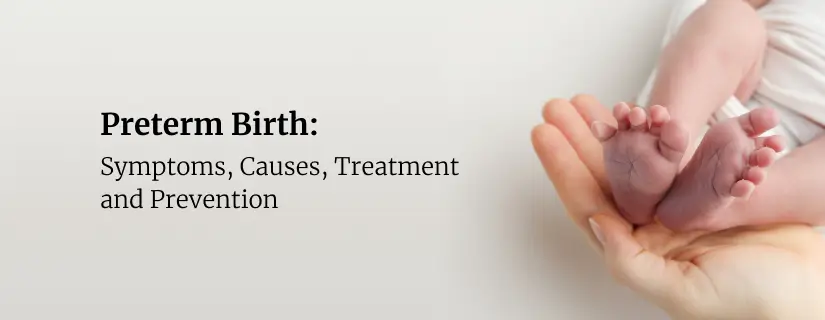
Preterm Birth (Premature Birth): Symptoms, Causes, Treatment and Prevention
13 May 2025
Read More
-
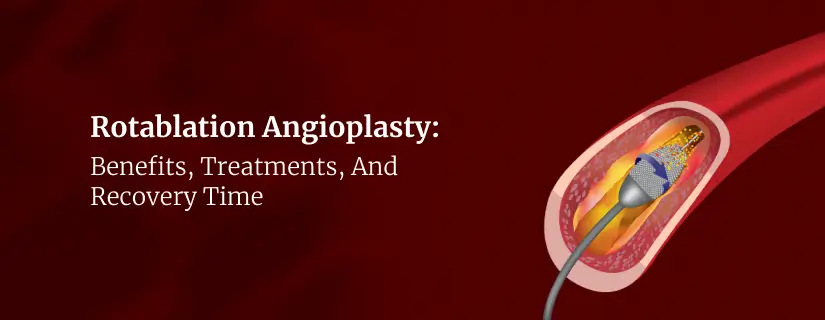
Rotablation Angioplasty: Benefits, Treatments, And Recovery Time
9 May 2025
Read More
-

What Is The Difference Between IUI and IVF?
9 May 2025
Read More
-
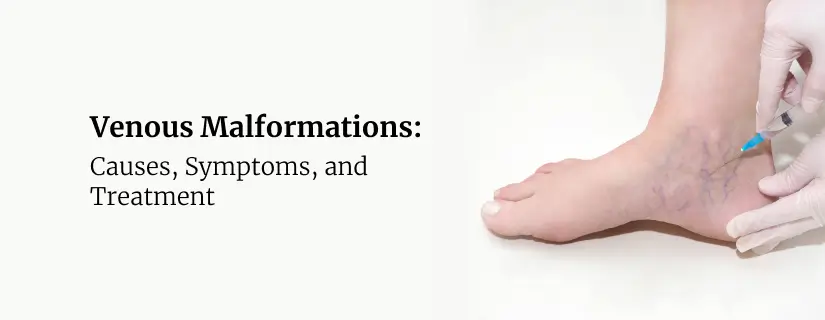
Venous Malformations: Causes, Symptoms, and Treatment
30 April 2025
Read More
-
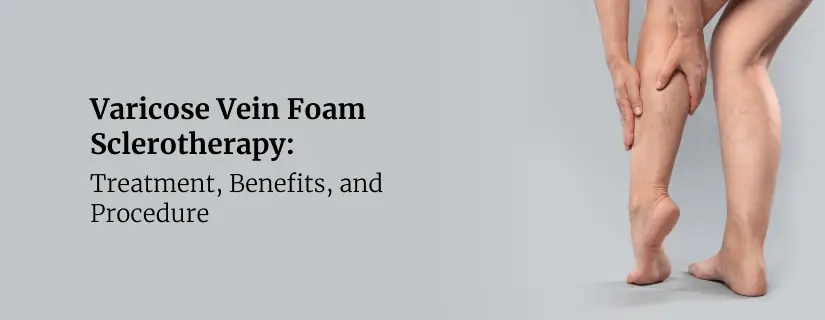
Varicose Vein Foam Sclerotherapy: Treatment, Benefits, and Procedure
30 April 2025
Read More
-
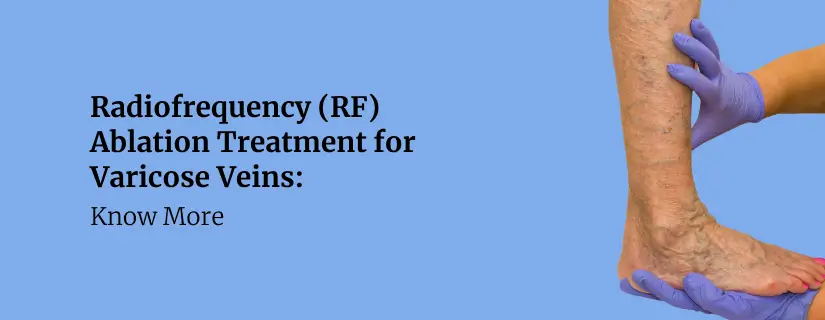
Radiofrequency (RF) Ablation Treatment for Varicose Veins: Know More
30 April 2025
Read More
-

Varicose Vein Sclerotherapy: Treatment, Benefits, and Procedure
30 April 2025
Read More
-
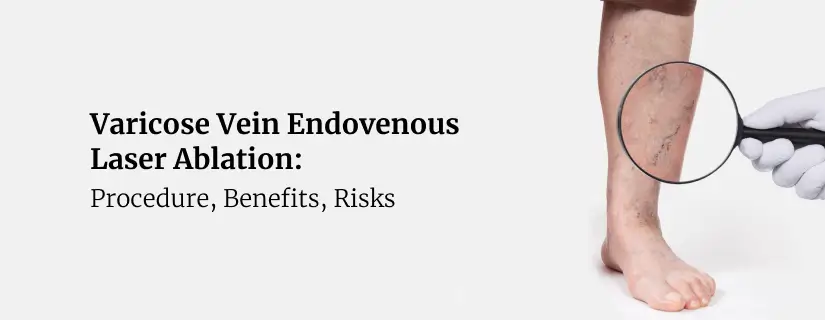
Varicose Vein Endovenous Laser Ablation: Procedure, Benefits, Risks
30 April 2025
Read More
Have a Question?
If you cannot find answers to your queries, please fill out the enquiry form or call the number below. We will contact you shortly.



